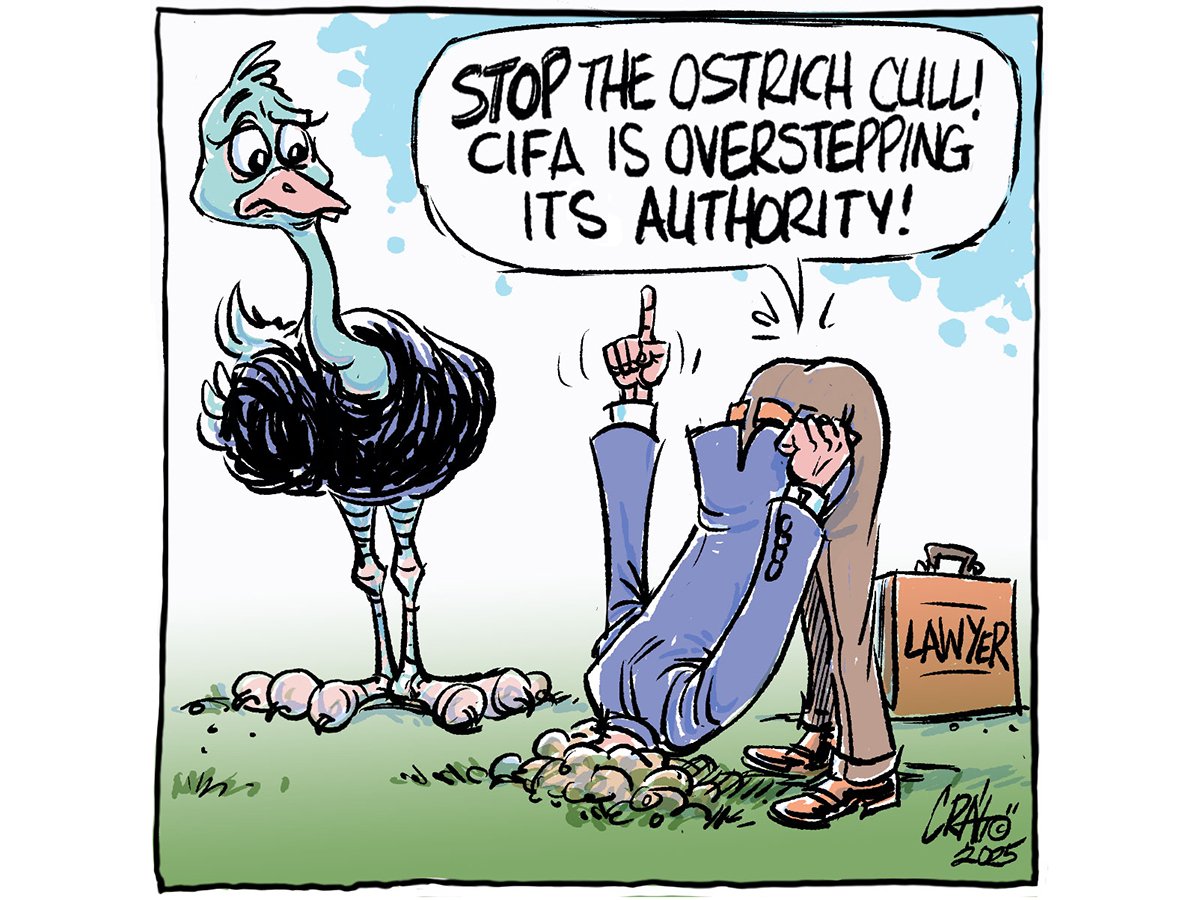Shortly after 6 a.m. each day, a trickle of people begin to arrive at the Sir John Carling building in Ottawa, home of Agriculture Canada.
Computers are already buzzing with activity. One computer screen shows four television stations at once, and scrolling transcripts are captured from closed-captioned programs.
Workers begin to scan the internet for on-line newspapers across the country: what are the top agricultural news stories for the day? Who said what?
Clippings from the latest newspapers are collected.
In the next two hours, up to three workers will complete their task: identifying the top stories in Canada and summarizing them in two pages.
Read Also

The Canadian Food Inspection Agency’s animal health efforts require producer support
Livestock producers should be concerned by how an ostrich farm is using crowd funding to help it defy a Canadian Food Inspection Agency order to destroy more than 300 birds.
The summaries are circulated to other staffers. These prepare them for the issues that may arise, or may trigger damage control measures as needed.
Meetings are held to decide priorities and plans of action; background is dug up, policies checked, phone calls made. News releases are written, edited, approved at various levels and begin to be issued. Some will go out quickly. Some may take a few days to pass all approvals.
These early morning preparations are critical. Ultimately they prepare the federal agriculture minister for his work day.
Visiting the building on Carling Avenue is a fascinating lesson for journalists. Covering politics involves a lot of things. We flip through piles of news releases daily, rush to news conferences or scrums, attend working sessions or parliamentary meetings of government, check the websites or leave messages with various political assistants, hoping to get interviews before our deadlines.
But we don’t often see the other side. How do politicians decide what will be the topic of the day? How quickly and what process is used to react to issues raised by the opposition parties? What impact does the media have on government, and how does the government monitor the media?
A morning spent in the hub of it all gives a glimpse of the federal agriculture department, and insight into similar activity taking place at other departments in the nation’s capital.














